Building Focus in a Distracted World: How Montessori Restores Children’s Attention Span
In today’s world, attention is under siege.
Adults scroll through 3-minute reels instead of 2-hour movies. TV series have replaced full-length films. Notifications ping every 30 seconds. And children? They’re handed tablets before they can walk—swiping, tapping, and consuming endless stimulation at the push of a button.
The result? A generation struggling to focus, sit still, or entertain themselves without a screen.
At Belleview Montessori School, we see this every day—and we’re doing something about it. While many childcare centers and even public schools lean into technology as a quick fix, Montessori takes the opposite path. We remove digital distractions entirely and replace them with purposeful, hands-on work that rebuilds attention span, independence, and deep focus—one child-led activity at a time.
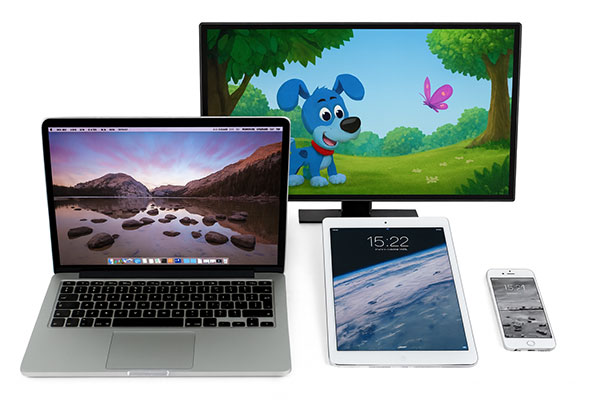
The Crisis of Attention: It’s Not Just “Kids Being Kids”
Yes, young children naturally have short attention spans. A 2-year-old might play with a toy for 5 minutes before moving on. That’s normal.
But today’s attention crisis goes far beyond developmental stages.
The data is alarming:
-
The average human attention span has dropped from 12 seconds in 2000 to just 8 seconds in 2023 (Microsoft Attention Study).
-
Children aged 2–5 spend an average of 2.5 hours per day on screens (Common Sense Media, 2024).
- Over 70% of parents report using devices to “calm” or “occupy” their child during daily routines (AAP, 2025).
And the consequences are real:
-
Reduced ability to self-regulate emotions
-
Difficulty completing tasks independently
-
Lower resilience when faced with challenge
-
Weaker executive function (planning, focus, impulse control)
This isn’t just a childhood phase. It’s a learned dependency on constant stimulation.
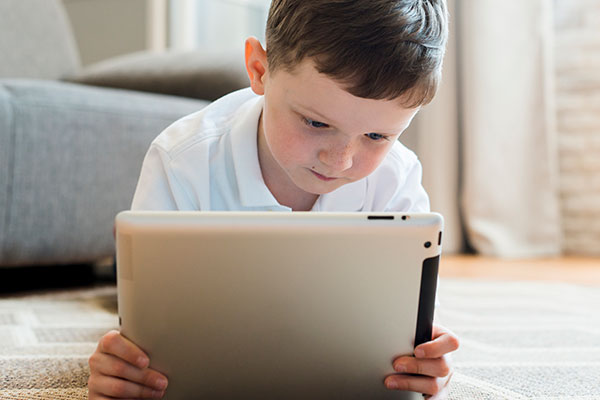
The Daycare Dilemma: Keeping Kids “Happy” vs. Helping Them Grow
Most traditional childcare centers aren’t equipped—or incentivized—to fix this.
Their goal? Keep children safe, occupied, and smiling so parents feel relieved and enrollment stays high.
So what do they do?
-
Turn on cartoons during transitions
- Hand out tablets for “quiet time”
-
Use group games and songs to manage behavior
-
Avoid challenging tasks that might lead to frustration (or tears)
But they don’t build focus. They reinforce the very cycle Montessori seeks to break: “I’m bored → I need someone (or something) to entertain me.”
Even public elementary schools, under pressure to meet benchmarks and manage large classes, often rely on screen-based learning or quick-reward activities. The deeper work of cultivating sustained attention? It falls through the cracks.

How Montessori Rebuilds Attention Span—One Purposeful Task at a Time
At Belleview Montessori, we believe true focus isn’t forced—it’s cultivated.
We do this through three core principles:
1. Start Small, Build Deep
We begin with simple, short tasks that match a child’s current ability:
-
Pouring beans from one cup to another (1–2 minutes)
-
Matching colored tablets
-
Rolling a mat
As the child masters each skill, we gradually increase complexity and duration:
-
Pouring water → using a funnel → serving snacks to peers
-
Matching → sorting by size → early math with bead chains
Each step builds concentration muscle. A child who once flitted between toys for 3 minutes now spends 20–30 minutes deeply engaged in a single work cycle.
2. Freedom to Explore at Their Own Pace
There’s no bell, no timer, no “clean up now.”
Children choose their work, repeat it as many times as they need, and explore at their own rhythm. This freedom within limits teaches:
-
How to make decisions
-
How to stick with a challenge
-
How to experience the joy of mastery
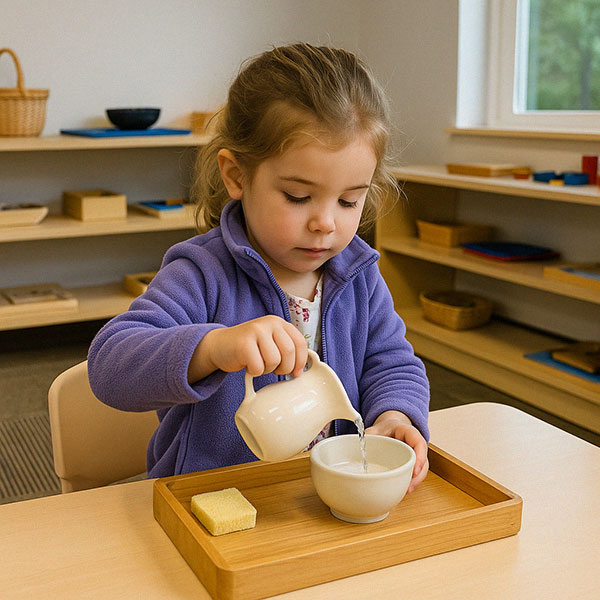
“I did it all by myself!” — A 3-year-old after buttoning their coat for the first time.
3. Follow the Child: A Truly Individual Curriculum
No two children develop the same way. That’s why we don’t force benchmarks like “all 4-year-olds must write their name by December.”
Instead, our trained Montessori guides observe and respond:
-
Is Maya ready for the pink tower? Let’s present it.
-
Is Jonah drawn to language? Let’s introduce sandpaper letters.
-
Is Liam struggling with focus? Let’s offer a quiet, repetitive task like spooning.
This personalized path ensures every child progresses without pressure—and without falling behind.
No Screens. No Shortcuts. Just Real Work.
Unlike many daycares that advertise “educational tablets” or “smartboard learning,” Belleview Montessori has zero screens in the classroom.
Why? Because real materials do what screens can’t:
|
Screens |
Montessori Materials |
|---|---|
|
Passive consumption |
Active exploration |
|
Instant reward |
Delayed gratification |
|
External entertainment |
Internal satisfaction |
|
Fragmented attention |
Sustained focus |
A child tracing sandpaper letters feels the texture, hears the sound, and sees the shape—engaging all senses in deep, meaningful learning.
The Result? A “Normalized” Child
In Montessori, we call a focused, calm, self-directed child normalized.
You’ll see it in:
-
A toddler who chooses a puzzle, works quietly for 25 minutes, then puts it away—unprompted
-
A preschooler who helps a younger friend without being asked
-
A child who says, “I want to try again” after spilling water—instead of crying
This isn’t magic. It’s the result of thousands of tiny, intentional moments of independence.
How Parents Can Support Focus at Home

You don’t need a Montessori classroom to start. Try these simple shifts:
|
Instead of… |
Try… |
|---|---|
|
Handing over a tablet when bored |
Offering a basket of 3–4 real objects (wooden spoon, cloth, small pitcher) |
|
Rushing to fix a spill |
Saying, “Oops! Where’s the sponge? You can clean it.” |
|
Praising the result (“Great job!”) |
Noticing the effort (“You worked so hard on that tower.”) |
|
Filling silence with music/TV |
Allowing quiet play with open-ended toys |
Pro tip: Create a “yes space” at home—low shelves, real tools, minimal clutter. Let your child lead.
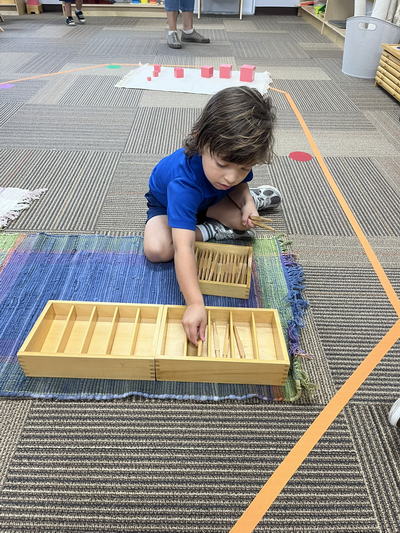
Why Belleview Montessori?
Since opening in August 2025, Belleview Montessori School has been a sanctuary for focus, independence, and joy in learning.
Located on US-441—just 20 minutes from Ocala—we serve children 12 months to 5 years in small, mixed-age classrooms with:
-
Trained Montessori guides
-
Low child-to-teacher ratios
-
A fully prepared, screen-free environment
-
Transparent, all-inclusive tuition ($1,080/month, no hidden fees)
We’re not just caring for children.
We’re raising the next generation of focused, resilient, self-motivated learners.
Ready to Raise a Child Who Can Focus?
If you’re tired of the screen cycle…
If you want your child to love learning without needing constant entertainment…
If you believe your child is capable of more…
Then it’s time to see Montessori in action.
Schedule a Tour Today
See how we build attention span, one meaningful moment at a time.
Your child’s focus starts here.
Schedule a Tour Now | Call (352) 492-1565
Please feel free to complete this form, and we will contact you as soon as possible.
One Comment
Leave A Comment
Building Focus in a Distracted World
Building Focus in a Distracted World: How Montessori Restores Children’s Attention Span In today’s world, attention is under siege. Adults scroll through 3-minute reels instead of 2-hour movies. TV series have replaced [...]
Montessori vs Daycare
The Difference Between Montessori and Daycare: Why Choose Montessori for Your Child? Choosing the right early childhood program for your child is one of the most important decisions you’ll make as a parent. [...]

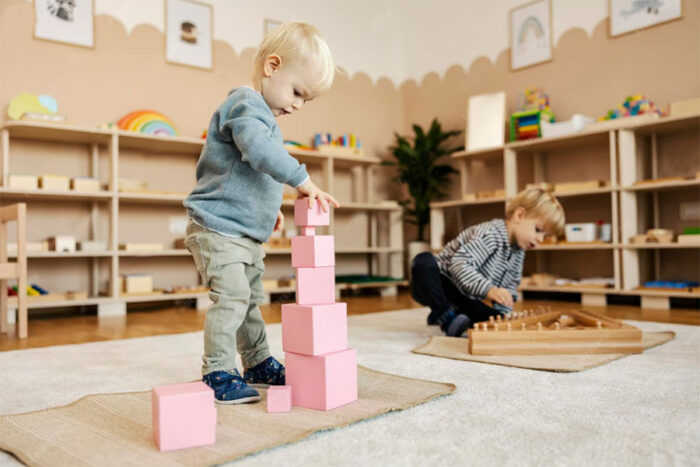
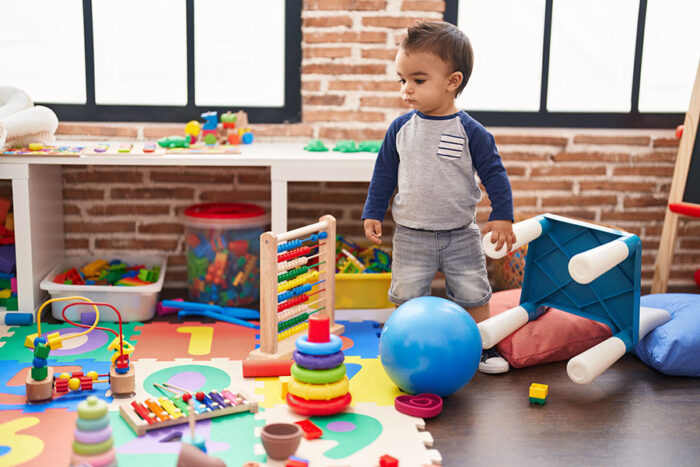

Well written article expressing how Montessori approaches to learning drives foundational development for attention in early education. Fostering interest is essential for increasing attention skills and exercising working memory skills. Having an experiential approach to learning through hand-on active engagement empowers student growth and rewards families with nurturing child independence.